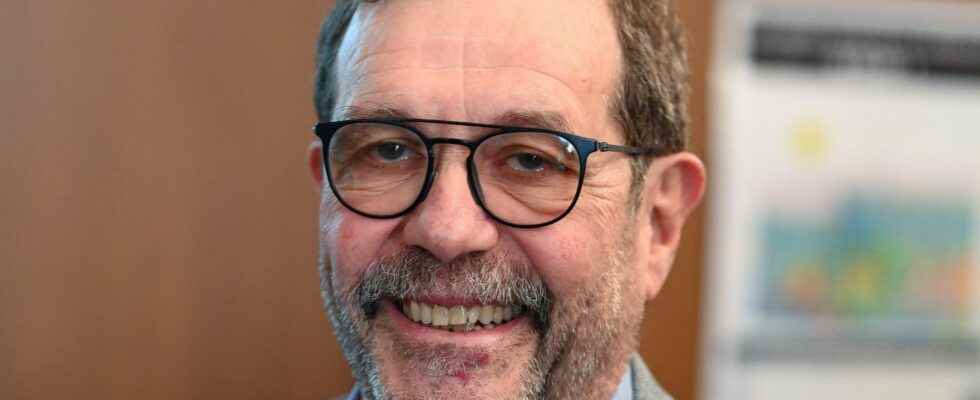The activity of physicists sometimes produces decisive results which, if taken seriously, modify the terms in which certain philosophical questions are posed. They provide clarifications, even denials, of metaphysical conceptions that claim to describe the world too precisely.
This was the case – oh how! – in the early 1980s with the results of the experiment of Alain Aspect, winner of the 2022 Nobel Prize in Physics*. They constituted a leading “negative philosophical discovery”, to use the expression coined in 1939 by Fritz London and Edmond Bauer, by settling the old debate which had been launched by two monster physicists, Albert Einstein and Niels Bohr, at about the link between reality and quantum physics.
Contrary to what is often said, Einstein never claimed that quantum physics was a false theory. He unreservedly praised its operational efficiency, but it is true that there was a “but”: in Einstein’s eyes, a physical theory should not be judged solely on the basis of its experimental success; it must also depict the intimate structures of reality as it exists independently of us, that is to say “objective reality”. However, in his eyes, quantum physics did not do this well.
Why ? Because quantum theory stipulates that, knowing the state of a physical system, one cannot generally predict the result of a measurement made on it, but only calculate the probabilities of obtaining such and such a result: among all the possible results a priori, only one is selected, at random, by the measurement operation. However, for the father of relativity, all measurement must be shorthand, that is to say, passively record the properties of physical objects, properties which are what they are, whether or not they are measured. In short, he held to the “ordinary” realism of physicists: physics must defend the idea of a real world whose tiniest bits exist objectively, in the sense that pebbles and chairs exist, whether we observe them or not. .
This realism being left aside by quantum physics, Einstein wanted to demonstrate that there were elements of reality that this theory does not apprehend, which would constitute proof that it does not tell us everything we should be able to knowledge of physical reality. Bohr, he was reluctant to consider that there was an objective reality, independent of measuring devices. According to him, what a physical theory can claim to describe are only phenomena including in their definition the experimental context which makes them manifest.
A conclusion with extraordinary implications
This controversy between Bohr and Einstein, conducted through articles and discussions, was initially purely philosophical since it only concerned the question of knowing what we are or are not entitled to expect from a physical theory. . But in 1964, a twist. Following the demonstration by Irish physicist John Bell of a very far-reaching theorem, the status of the debate changed radically: it was going to be possible to settle it in the laboratory! It was indeed becoming possible to design an experimental protocol capable of solving it.
In fact, at the beginning of the 1980s, the team of researchers from the Institut d’Optique d’Orsay led by Alain Aspect carried out a series of experiments with photons, which showed that in this case, this it is the predictions of quantum physics as it stands that are correct, not those of alternative theories that claimed to complete it by adding hidden parameters.
Such a conclusion has implications so extraordinary that they are difficult to image: in certain situations, two particles which have interacted in the past have links which their mutual distance, however great, does not weaken. What happens to one of the two is irremediably “entangled” with what happens to the other, through a strange connection because it does not result from the transmission of information at a distance.
It was Einstein who, in 1935, had glimpsed that quantum physics involved such “non-separability”, but he did not believe that it could exist in nature, hence his belief that quantum physics was “incomplete “. If he had been able to know the work of Alain Aspect, he would no doubt have fallen from his chair. Bohr would probably not have been surprised.
*With two joint winners, John Clauser and Anton Zeilinger.
Etienne Klein is a physicist, research director at the CEA and philosopher of science.
